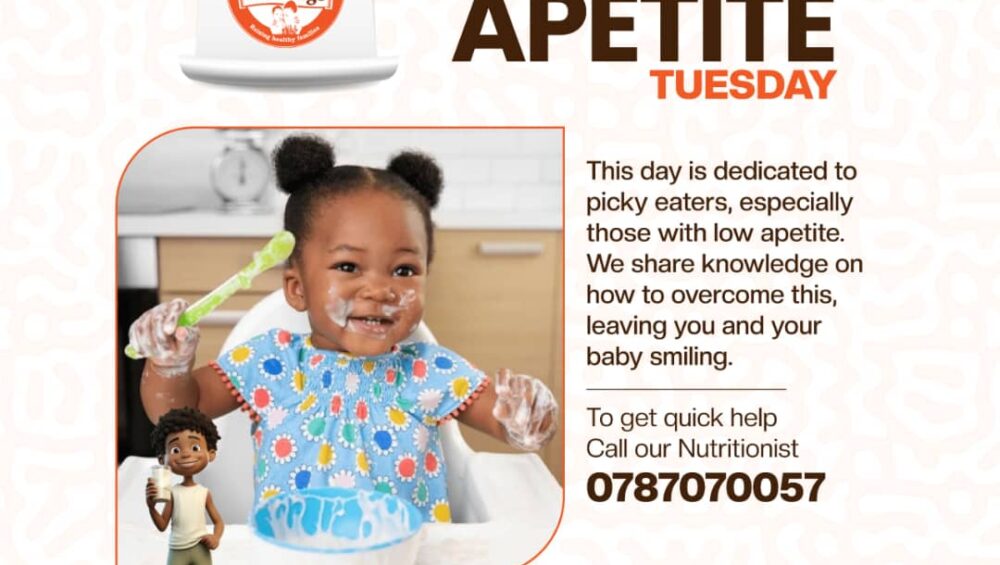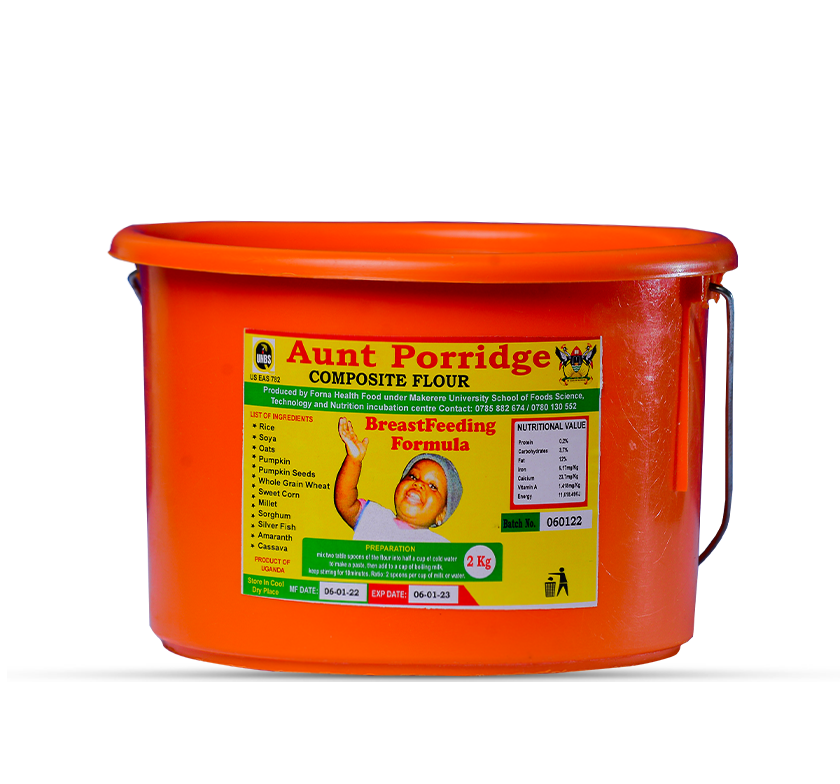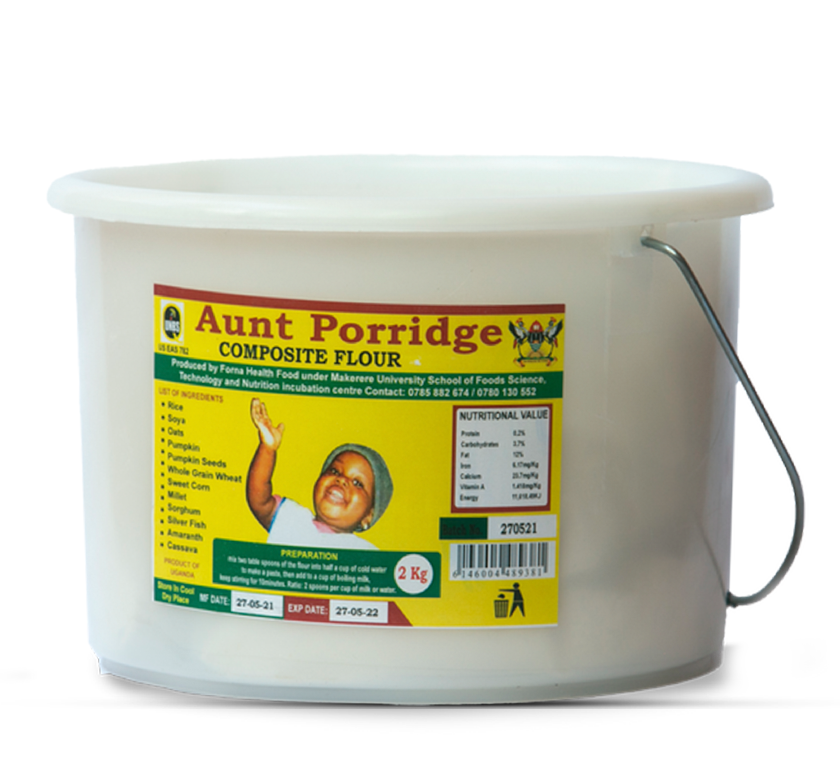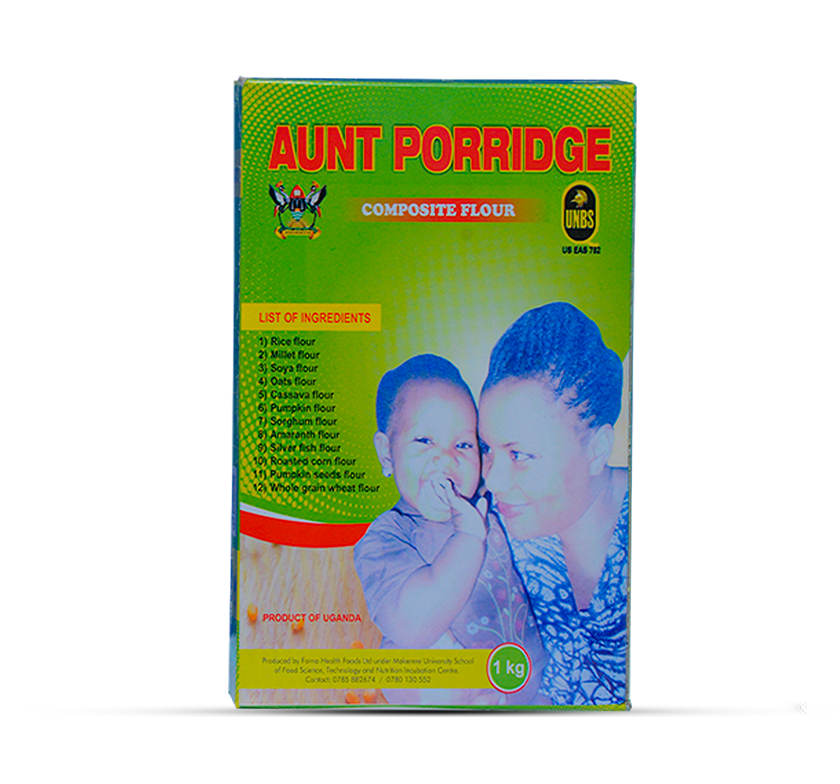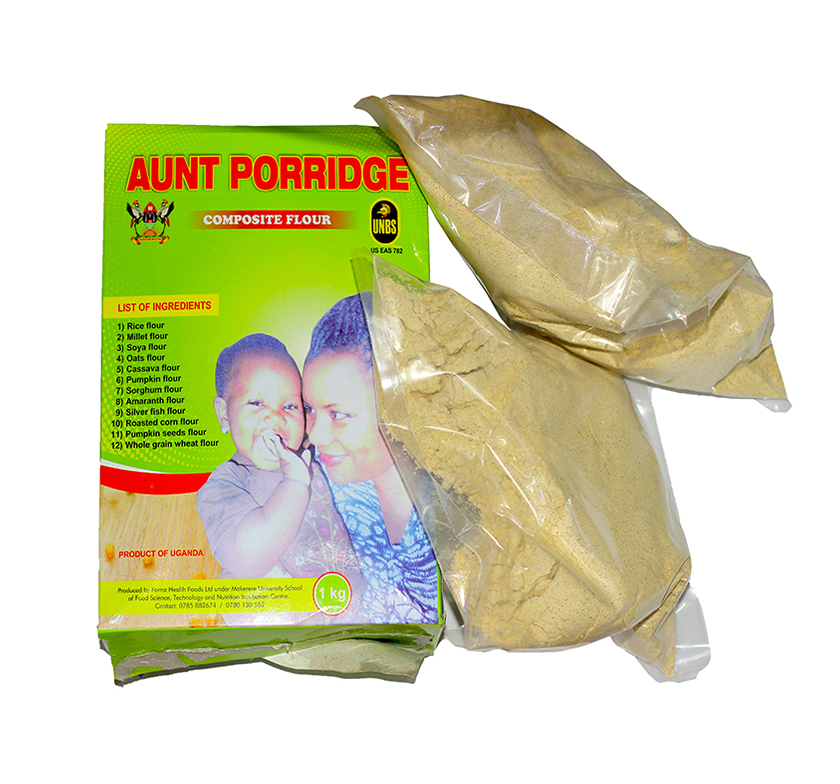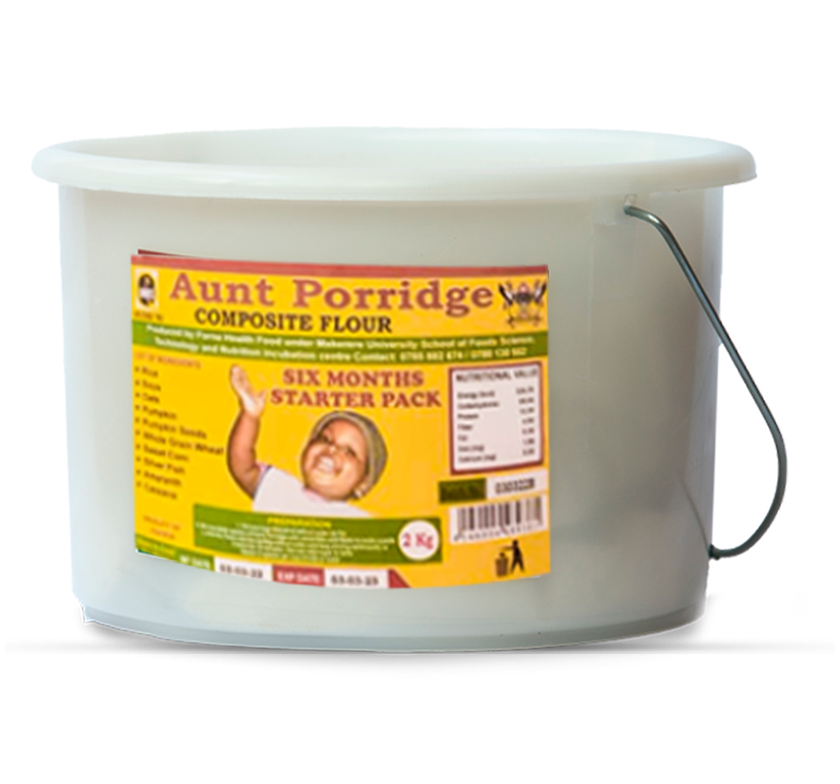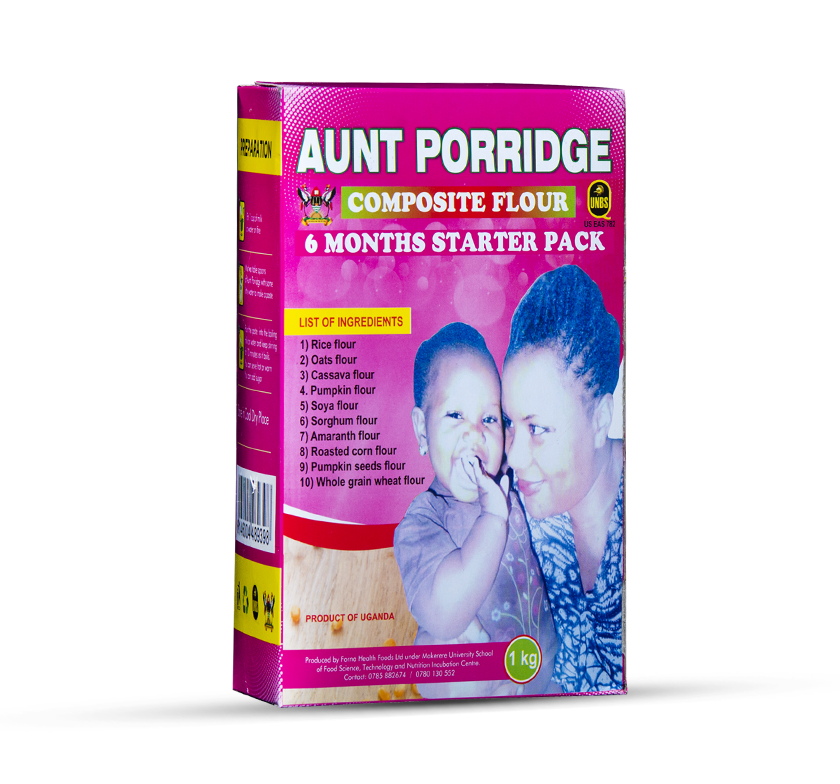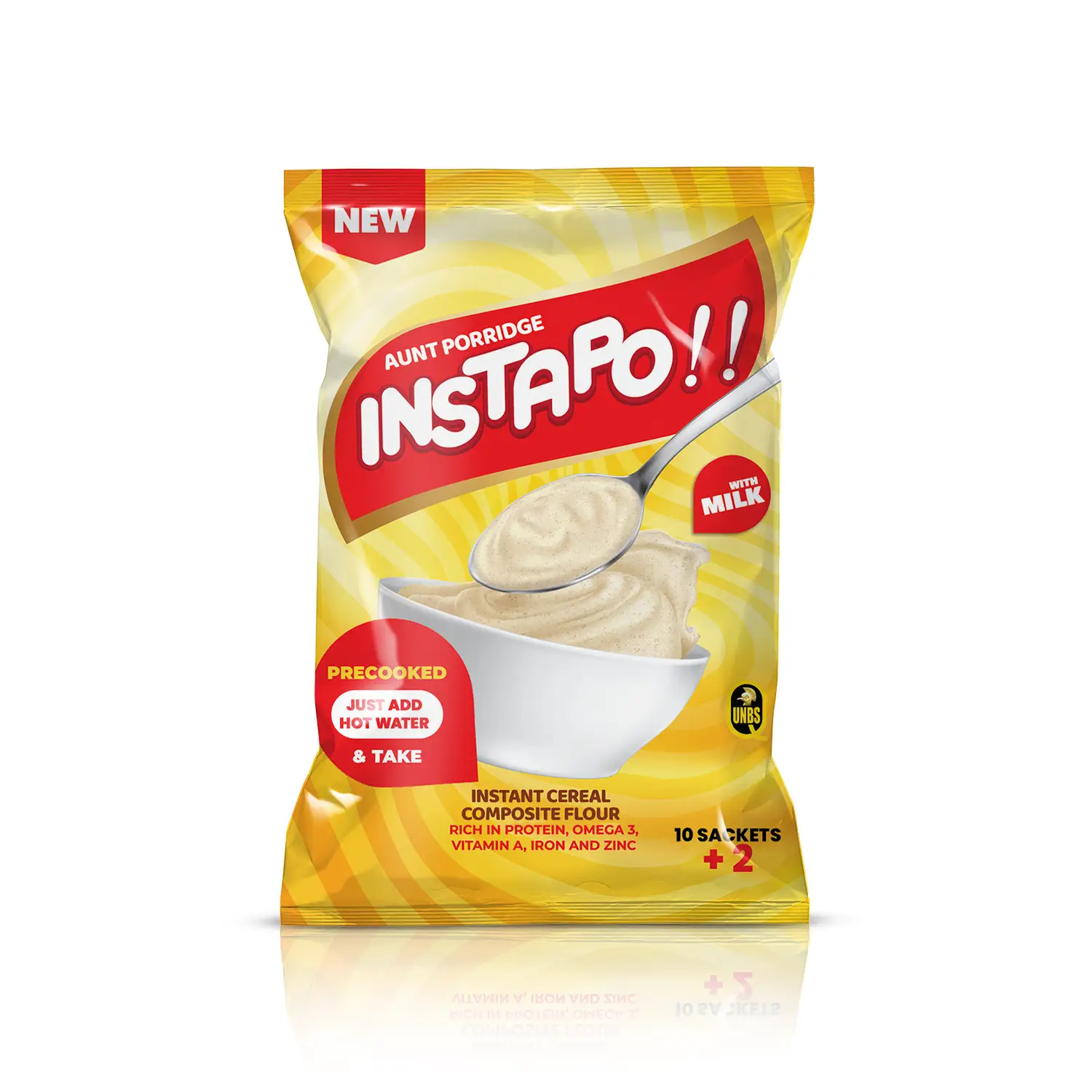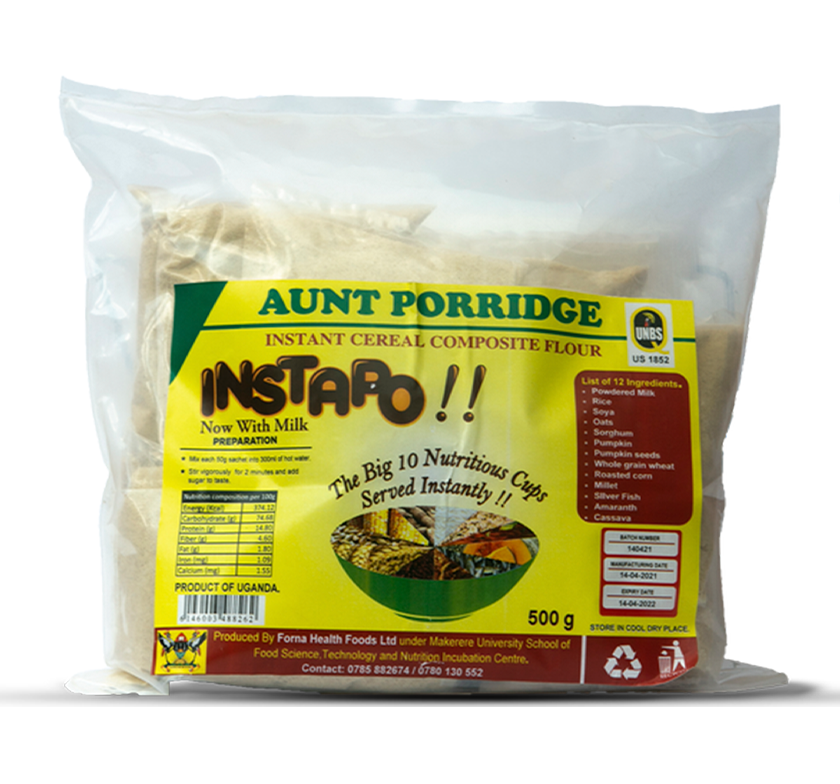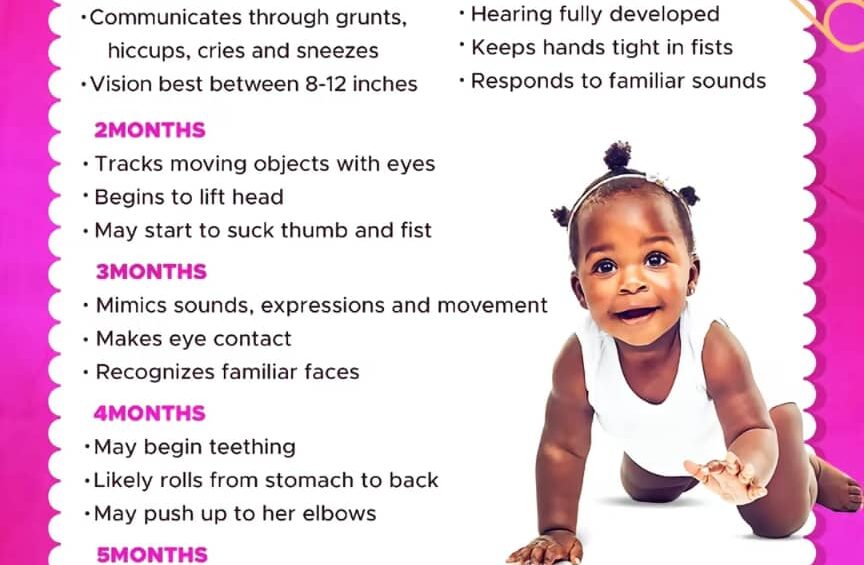Understanding Picky Eaters: A Guide for Parents!
As a parent, there’s nothing more frustrating than mealtime battles with your child. Picky eating is a common phenomenon affecting many families worldwide. But what’s behind this behaviour, and more importantly, how can you navigate it? In this article, we’ll explore the world of picky eaters, debunk some common myths, and provide you with practical tips to make mealtime a breeze.
What is Picky Eating?
Picky eating is a normal phase of child development, typically starting around the age of 2-3 years old. During this time, children begin to assert their independence and explore their surroundings, including food. They might become selective about what they eat, often rejecting new or unfamiliar foods.
Why Do Children Become Picky Eaters?
There are several reasons why children become picky eaters:
Developmental phase: As mentioned earlier, picky eating is a normal part of child development.
Sensory sensitivity: Some children might be more sensitive to certain textures, tastes, or smells.
Environmental factors: Mealtime atmosphere, parental feeding styles, and exposure to food can influence eating habits.
Genetic predisposition: Family eating habits and food preferences can play a role.
Debunking Common Myths
Before we dive into the tips, let’s dispel some common myths surrounding picky eating:
Myth 1: Picky eating is a result of poor parenting.
Reality: Picky eating is a normal phase of child development, and parents are not to blame.
Myth 2: Children will eventually grow out of picky eating.
Reality: While some children may outgrow picky eating, others may continue to experience food aversions.
Practical Tips for Parents
Here are some actionable tips to help you navigate picky eating:
Offer a variety of foods: Expose your child to different foods, including fruits, vegetables, whole grains, and lean proteins.
Create a positive mealtime atmosphere: Make mealtime enjoyable by turning off the TV, engaging in conversations, and avoiding punishment or rewards.
Involve your child in meal planning: Let your child help with grocery shopping or meal preparation to encourage ownership and interest in food.
Be patient and consistent: It can take multiple attempts for a child to accept a new food, so don’t give up!
Avoid forcing food: Forcing your child to eat a particular food can create negative associations and mealtime battles.
– Model healthy eating habits: Children learn from what they see, so make sure to model healthy eating habits yourself.
Additional Tips
Make mealtime fun: Use fun shapes and colors to make mealtime more engaging.
Offer dipping sauces: Dipping sauces can make vegetables more appealing to picky eaters.
Involve your child in cooking: Let your child help with simple recipes, like making a salad or assembling a sandwich.
Conclusion
Picky eating is a common challenge many parents face, but with the right approach, you can navigate this phase with confidence. By understanding the reasons behind picky eating, debunking common myths, and implementing practical tips, you can create a positive mealtime atmosphere and encourage healthy eating habits in your child. Remember, patience, consistency, and involvement are key to helping your child develop a lifelong love for food.
/////////////////////// NUTRITIONIST 0787070057 ////////////////////////////////////
-
UGX 31,000 – UGX 93,000Select options This product has multiple variants. The options may be chosen on the product page
-
UGX 23,000 – UGX 450,000Select options This product has multiple variants. The options may be chosen on the product page
-
UGX 11,000 – UGX 210,000Select options This product has multiple variants. The options may be chosen on the product page
-
UGX 23,000 – UGX 450,000Select options This product has multiple variants. The options may be chosen on the product page
-
UGX 11,000 – UGX 210,000Select options This product has multiple variants. The options may be chosen on the product page
-
UGX 11,000 – UGX 220,000Select options This product has multiple variants. The options may be chosen on the product page

